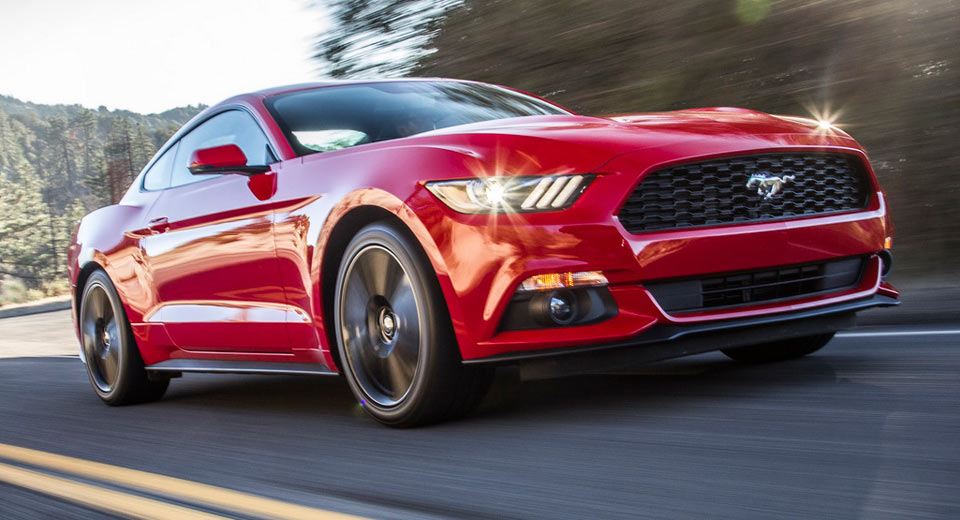The past few years have seen automakers developing car parts from greener, more sustainable sources. While carbon fiber might make gearheads drool, rodents like rats are going haywire over soy-based components like wiring harness insulation.
At least that’s what a growing number of vehicle owners, including Janice Perzigian, believe.
Perzigian has shelled out more than $600 to repair wiring in her 2017 Ford Mustang. The culprit, she says, are hungry rats that are after the soy-based insulation that coats the wires.
Trying to keep rodents away
Each night she fortifies her Mustang with a barrier of Pine-Sol on the ground, essential oils on the tires, and dryer sheets under the front seats. Lastly, her engine bay gets a weekly dose of peppermint essential, adding to her anti-rodent measures she estimates cost $20 every week.
“I’m gonna do everything possible to eliminate this, and make sure it doesn’t happen again,” she told the Detroit Free Press.
Perzigian isn’t the only one affected by rodents. John Pappas, the owner of Main & Hudson Service in Royal Oak, Michigan, where Perzigian also lives, says his repair shop sees at least one vehicle a month with rodent-chewed wiring. “They’re going environmental on the wires,” he said.
Pappas says repair costs vary wildy depending on the extent of damage. It sings from “minor to significant.” Worse yet, Pappas says rodents don’t favor any particular brand or model of vehicle, meaning the risk is widespread.
This is not a new issue
In California, a class-action lawsuit was filed in 2016 against Toyota. The suit claimed the automaker should cover repair costs under warranty since its soy-based wiring is apparently so delicious to rats. The plaintiff, Albert Herber of Indiana, spent roughly $1,500 repairing his 2012 Toyota Tundra pickup over three separate instances. Rats first chewed through the Tundra’s wiring in 2013 and repairs were paid from Herber’s pocket.
“Our contention, why soy is certainly – it’s laudable – they’re trying to be more green, at the same time, it’s becoming a potential food product for rats,” Attorney Brian Kabateck told the Detroit Free Press.
Rats and other rodents like squirrels have historically been nuisances to vehicle wiring, especially in the winter months when they try escaping from colder weather. Kabateck’s argument suggests rodents are no longer only seeking shelter, but also a food source within the soy-based wiring insulation. Petroleum-based wiring insulation was the norm until the last decade.
Owners of 2012 to 2016 model-year Toyota vehicles are included in the lawsuit. Kabateck says the affected number of people could be in the “tens of thousands” and that his objective isn’t to win a handsome lump sum, but rather to have the automaker reimburse out-of-pocket expenses related to rodent damage and to change its warranty to cover such issues.
It’s worth noting a similar class-action lawsuit was filed in 2016 against Honda, but was dismissed within the year.
Toyota plead ignorance in response to the lawsuit and allegation of any rodent issue. “Rodent damage to vehicle wiring occurs across the industry, and the issue is not brand- or model-specific. We are currently not aware of any scientific evidence that shows rodents are attracted to automotive wiring because of alleged soy-based content.”
How to keep your car safe
As for prevention, it boils down to keeping vehicles in a secure environment free from open trash, wood, pet food and water. Garages should be inspected for entry points, with any holes patched or sealed. Rat traps should only be used if the vehicle is stored inside, preventing other animals for birds from becoming collateral damage.
It’s also smart to keep an eye out for outside debris like twigs, leaves, and fur inside an engine bay, as these are clear signs a rat is setting up residency.
How about you? Have you had issues with rodents eating your vehicle’s wires? Let us know in the comments.







